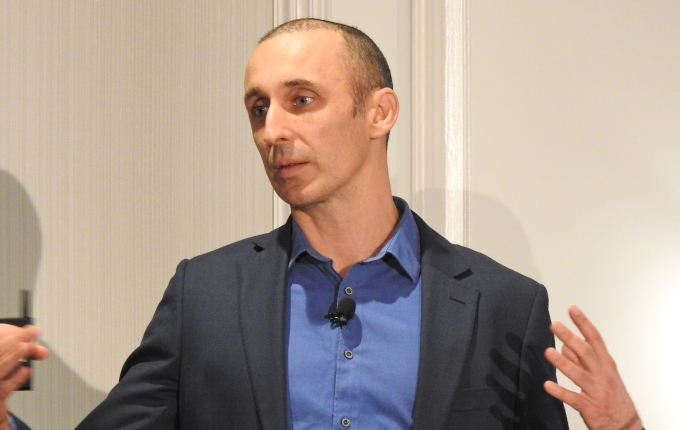Is Fixed Income Endangered?
The Tasmanian Devil was once found everywhere in Australia, but that population rapidly declined over the past 20 years, and it now resides only in the island state of Tasmania.
Decimated by predators and disease, the species was declared to be endangered in 2008, with the threat of extinction not far off.
Bonds, on the other hand, have had an amazing bull run over the last 40 years, fuelled by falling interest rates and inflation over the same period.
With inflationary pressures and tightening of monetary policies in the near horizon, have bonds fallen out of favour?
Is there still a role for fixed income in investors’ portfolios?
Fixed Income Portfolio Construction
A common approach used by investors is to disaggregate the bond portfolio into different segments (or buckets) serving different objectives. These may be categorised into defensive vs growth, or further splitting growth into income vs return-seeking, according to risk-return characteristics and fee budgets.
In an impending low yield environment, it’s possible to add credit risk to a bond portfolio to improve yield – a move that is increasingly popular with investors.
The Search for Yield
Beyond investment grade credit, there is no shortage of credit in various quality, characteristics, and geographies, including:
- Private credit and direct lending
- Emerging market debt
- Infrastructure or real estate debt
- High yield
- Special situations
- Multi-sector or absolute return credit
The various credit strategies will certainly help with income, but the trade-off here is that credit offers less protection in a bad market, given its closer correlation to stocks.
Journey to Net Zero
Given the bond market is the largest capital market in the world, the question of how bond managers can invest responsibly, or sustainably, is of crucial importance for investors in their journey to decarbonise their portfolios.
The measurement of carbon risks and exposures in the portfolio remain contentious, particularly in sovereign bonds. How can carbon transition strategies be incorporated into the fixed income portfolio, where it can continue to deliver alpha and yet protect portfolios from downside risk?
For superannuation funds, there is the added burden of incorporating sustainability priorities into the portfolio, while mindful of tracking error vis-à-vis Your Future, Your Super performance benchmarks.
Stagflation?
Beyond inflationary fears, the murmurings of potential stagflation in a post-COVID and geopolitically fragile world must certainly be concerning.
Through extensive rehabilitation and breeding programs, the Tasmanian Devil has managed to fight off extinction, at least for now.
Perhaps the impending dark clouds in the macroeconomic horizon will once again prove the efficacy of fixed income and its defensive nature in a regime of vulnerability.
We look forward to addressing these issues at the annual FICC forum for fixed income and credit investors.
Enquire about this event





